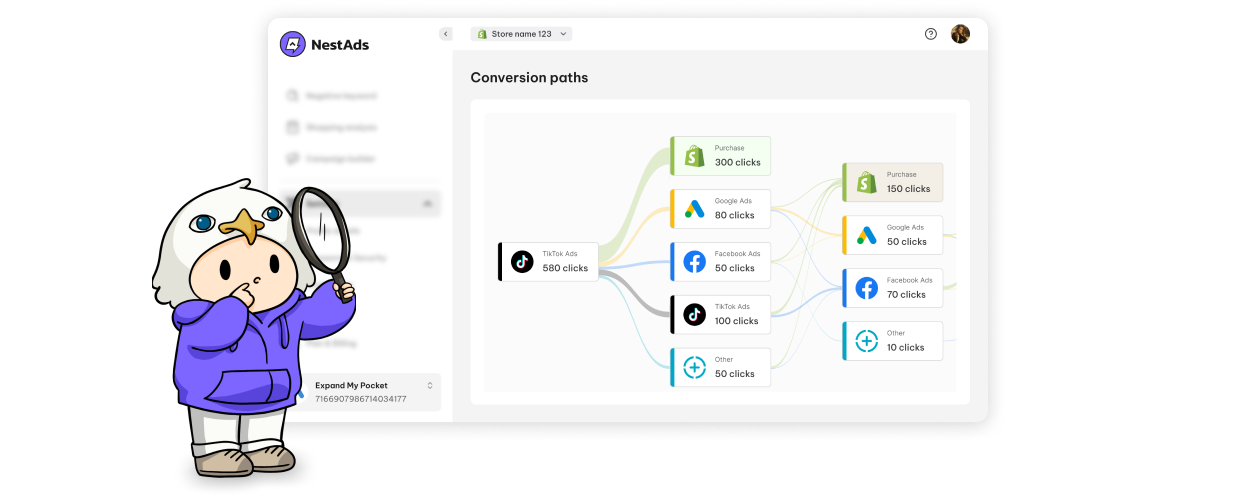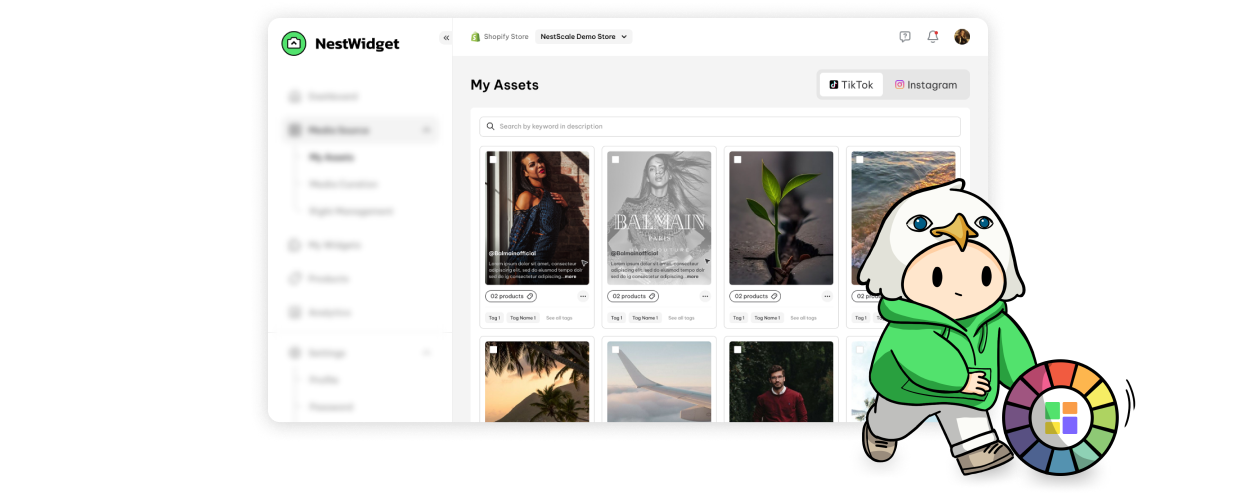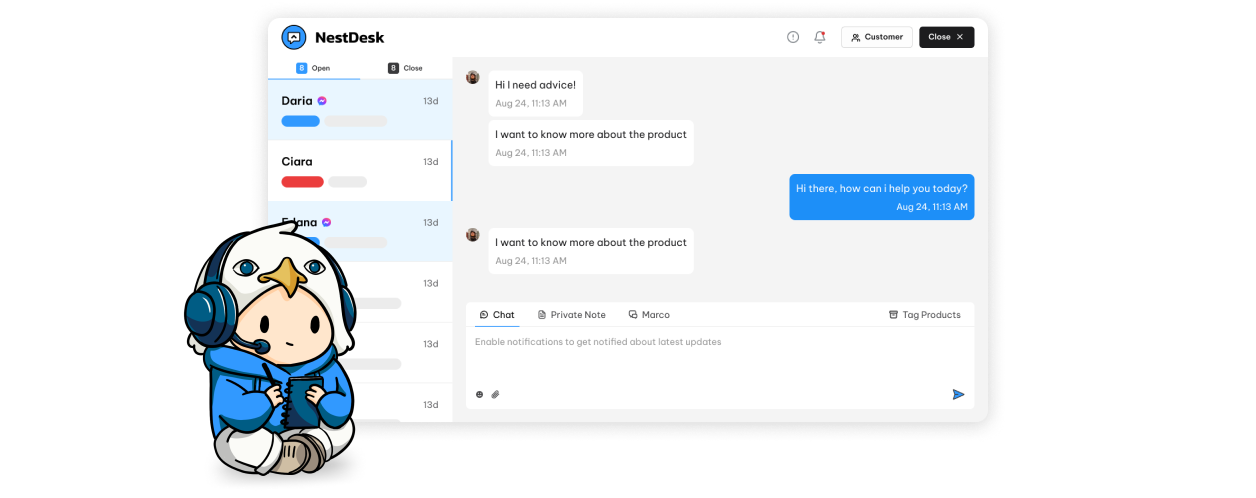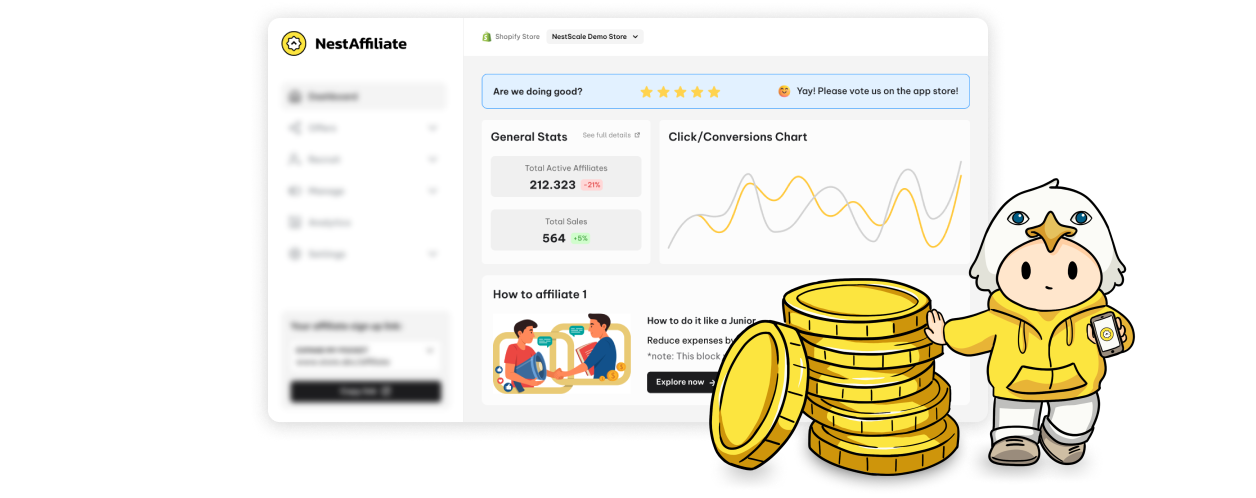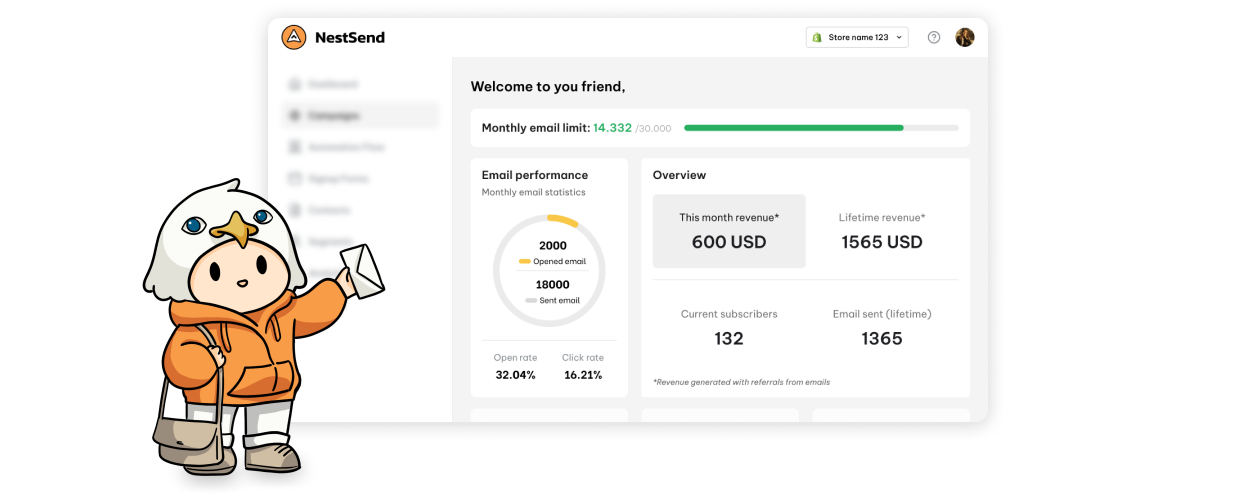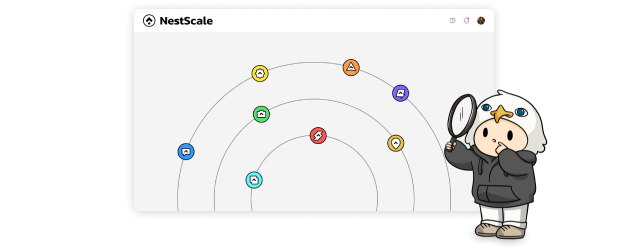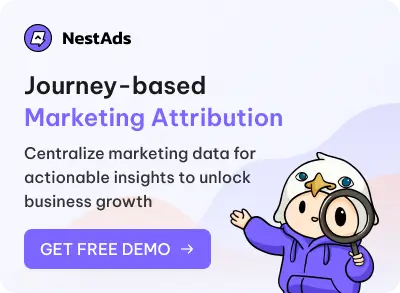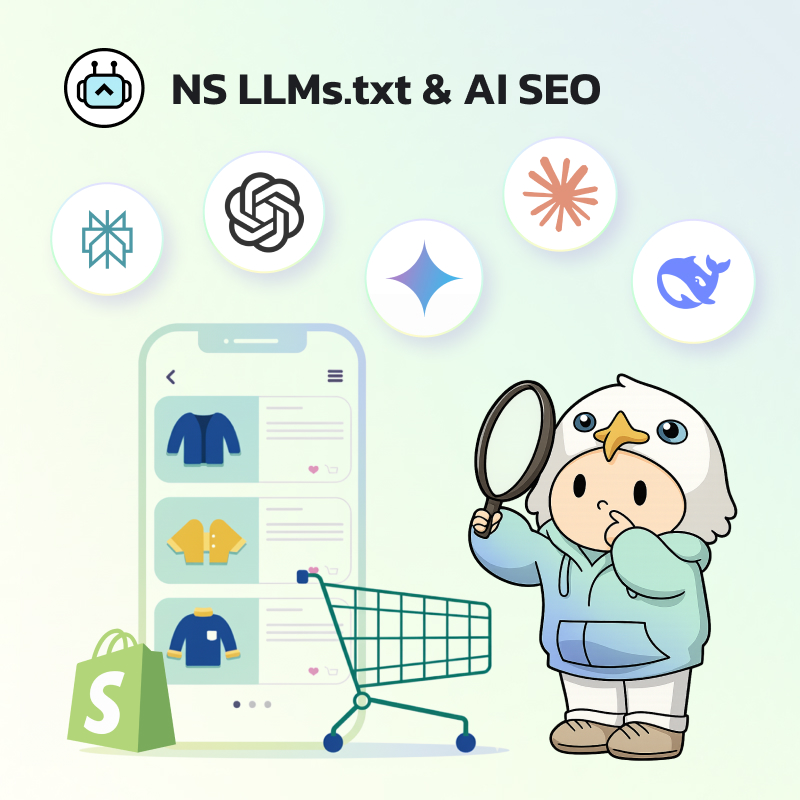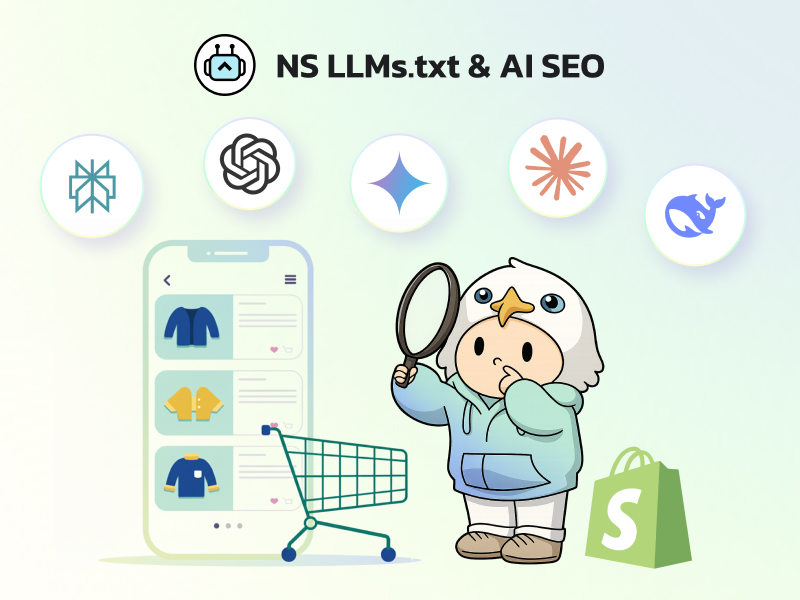What is branded traffic?
Branded traffic refers to website visitors who arrive after searching specifically for your brand name, product, or service. For example, a user searching for “NestScale apps” instead of “eCommerce tracking tools” is contributing to branded traffic.
This type of traffic can come from various sources, including:
- Organic search: Users typing your brand name directly into search engines.
- Paid ads: Visitors clicking on advertisements that target branded keywords.
- Direct traffic: Users entering your website URL directly into their browser.
- Social media & email marketing: Campaigns that drive users back to your website by referencing your brand.
Why does it matter
Branded traffic is a reflection of how well your brand resonates with your audience. It’s more than just numbers – it’s an indicator of trust, familiarity, and loyalty. Here’s why it’s important:
- Stronger purchase intent: Visitors who search for your brand are often further along the customer journey, making them more likely to convert.
- Cost efficiency: Acquiring it often costs less than attracting users unfamiliar with your brand, especially through organic search or direct referrals.
- Competitive edge: A high volume of it signals that your brand is becoming the go-to choice in your niche.
- Measuring brand awareness: Tracking it helps gauge the success of your marketing and branding efforts.
How to increase branded traffic
Growing it requires a mix of strategic branding, marketing, and engagement. Here are some proven methods:
- Invest in branding campaigns: Develop a strong visual identity and consistent messaging across all platforms. Memorable branding helps customers recall your name when searching online.
- Leverage content marketing: Publish informative and engaging content that showcases your expertise while emphasizing your brand name. Case studies, blogs, and how-to guides are excellent tools for this.
- Engage on social media: Use platforms like Instagram, TikTok, and LinkedIn to build meaningful connections with your audience. A strong social presence keeps your brand top of mind.
- Bid on brand keywords: In paid advertising, ensure you’re targeting branded keywords. This prevents competitors from capturing potential customers who are already searching for you.
- Run email campaigns: Personalized email marketing campaigns are effective for re-engaging past customers and encouraging repeat visits.
Branded traffic vs. non-branded traffic
Understanding the difference between the two terms helps you create a balanced marketing strategy:
- Branded traffic: Driven by users already aware of your business. This traffic often results in higher conversions and better ROI.
- Non-branded traffic: Comes from users searching for generic terms (e.g., “best marketing tools”), typically at the awareness stage of the buyer journey.





